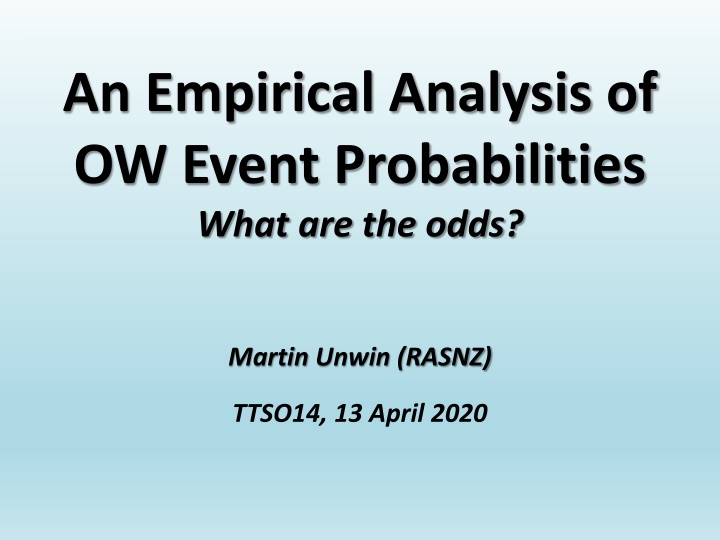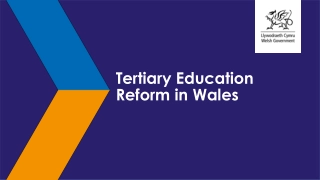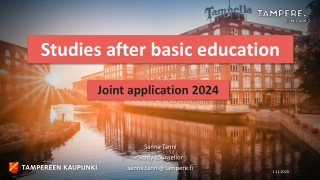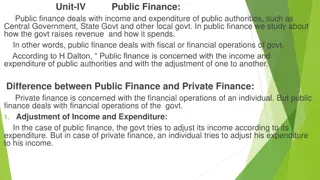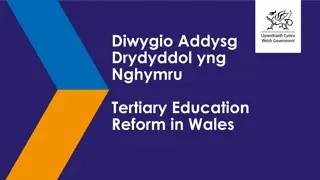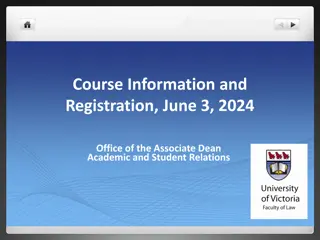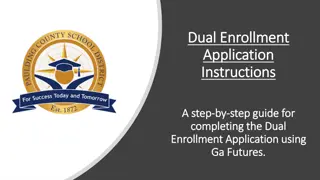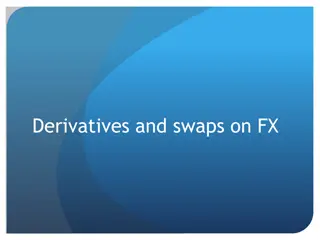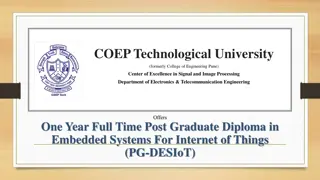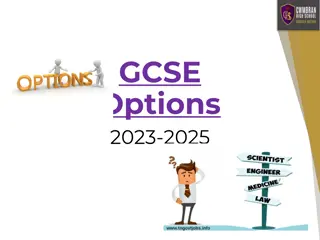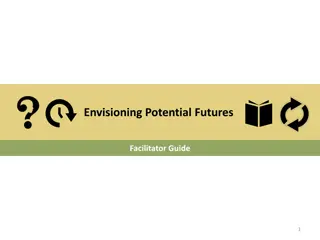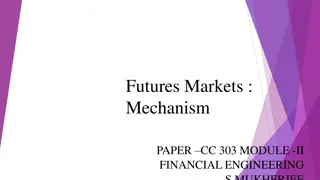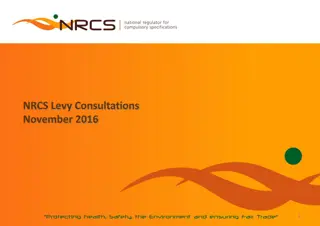Technological Futures in Post-Compulsory Education
A critical futures studies approach explores the influence of technological values and norms on the future of post-compulsory education, emphasizing anticipatory responsibility. By engaging with individual narratives, this research seeks new ways to conceptualize the learner/technology relationship through Causal Layered Analysis. The goal is to map systemic issues and societal narratives, shifting the focus from prediction to accountability for our technological choices and their impact on the future of learning. Through a review of existing literature and interviews with practitioners and predictors, the study aims to uncover probable and potential futures in education.
Download Presentation

Please find below an Image/Link to download the presentation.
The content on the website is provided AS IS for your information and personal use only. It may not be sold, licensed, or shared on other websites without obtaining consent from the author.If you encounter any issues during the download, it is possible that the publisher has removed the file from their server.
You are allowed to download the files provided on this website for personal or commercial use, subject to the condition that they are used lawfully. All files are the property of their respective owners.
The content on the website is provided AS IS for your information and personal use only. It may not be sold, licensed, or shared on other websites without obtaining consent from the author.
E N D
Presentation Transcript
An Empirical Analysis of OW Event Probabilities What are the odds? Martin Unwin (RASNZ) TTSO14, 13 April 2020
Motivation OW event probabilities Main factor deciding which events we attempt to observe Derived from uncertainties in orbital parameters How accurate are they? Compare observed positive rates with predictions e.g., for events with prior probability of 50% half of all observations should be positive
OW Event Database 18,592 records February 2009 August 2019 3,268 positive (17.6%), 15,324 negative Data fields of interest OW event ID asteroid number & name, target star, date feed, OW probability, event rank, result (+ve/-ve) Merged with JPL small-body database gives class (main belt, Trojan, TNO etc.)
Events by Year Year 2009 2010 2011 2012 2013 2014 2015 2016 2017 2018 2019 Ntotal 670 908 1,133 1,124 1,451 1,763 1,782 2,262 2,179 3,235 2,085 18,592 Npositive % positive 14.5% 19.1% 17.9% 17.9% 14.0% 14.5% 15.7% 15.6% 18.3% 21.7% 19.3% 17.6% 97 173 203 201 203 256 280 352 399 702 402 All years 3,268
Events by Feed Feed group Ntotal 7,093 10,781 549 169 18,592 Npositive 2,381 784 % positive 33.6% IOTA1 Occult2 7.3% 16.9% 5.9% 17.6% Professional3 Other4 All feeds 93 10 3,268 1High probability events from Steve Preston s website 2 E.g., TT14, North America, IBEROC, UKOCL, Personal 3 E.g., RIO TNO, Rio Satellites, Lucky Star 4 E.g., comets
Events by Small Body Type Body type Main belt Trojan/Centaur Ntotal 17,240 866 340 18,592 Npositive 3,168 % positive 18.4% 54 32 6.2% 9.4% 17.6% TNO All body types 3,268 Includes 146 unmatched records
All Observations (N = 18,592) (median OW probability 0.0999) Positive Observations (N = 3,268) (median OW probability 0.582)
Summary OW event probabilities tend to be optimistic 50% OW probability 35% observed probability 50% observed probability 61% OW probability Consistent across: OW feed (IOTA, Occult, Professional) MP type (main belt, Trojan/Centaur, TNO) Year (2009 2019) OW probabilities derived from JPL database Are JPL error estimates conservative?
Thanks to: Hristo Pavlov Dave Gault Dave Herald
